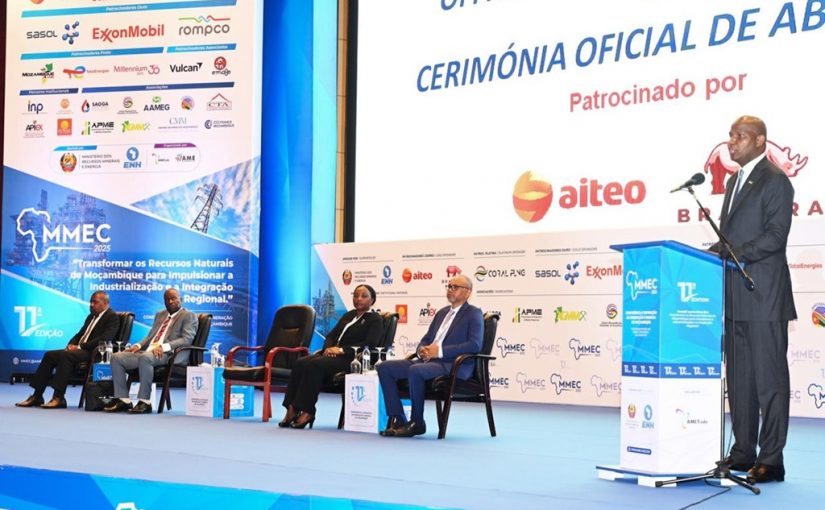Mozambique is embarking on a landmark energy venture with the construction of its first-ever oil refinery, a move poised to transform the country’s fuel production capacity and bolster its position in regional energy trade.
President Daniel Chapo made the announcement on Wednesday at the opening of the 11th Mozambique Mining and Energy Conference and Exhibition in Maputo, describing the project as a national game-changer. The refinery, to be completed within two years, will produce up to 200,000 barrels of fuel per day, including gasoline, diesel, naphtha, and aviation-grade Jet A1.
“This is a strategic investment that strengthens our position in the energy value chain,” Chapo told delegates. “It will stimulate economic activity, reduce fuel imports, and enhance Mozambique’s export potential.”
The project is being led by state-owned Petromoc in collaboration with Nigerian energy group Aiteo Eastern. In addition to meeting domestic demand, the refinery is expected to serve regional markets across southern Africa.
Chapo emphasized the refinery’s potential to create jobs—particularly for young Mozambicans—while contributing to GDP growth and improving the national balance of payments.
Alongside the refinery, Mozambique will also pursue the development of a $1.5 billion cross-border fuel pipeline connecting the port city of Beira to landlocked Zambia. The infrastructure, with a four-year implementation horizon, is designed to carry up to 3.5 million metric tons of petroleum products annually. It will include fuel storage facilities on both sides of the border to ensure efficient delivery and distribution.
“This pipeline will ease the pressure on our road network, especially along National Road No.6,” said Chapo. “By reducing fuel tanker traffic, we enhance road safety and streamline regional fuel logistics.”
The twin projects signal Mozambique’s ambitions to emerge as a key player in Africa’s energy economy—moving beyond extraction to refining and distribution. As global energy dynamics shift, the country is positioning itself not only as a source of resources but as a hub for value-added production and regional supply.



